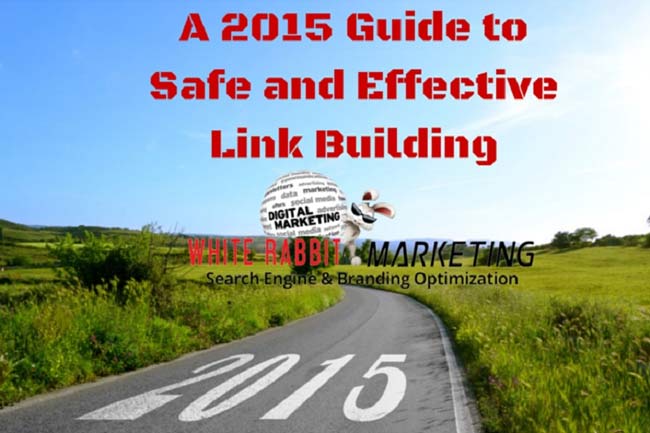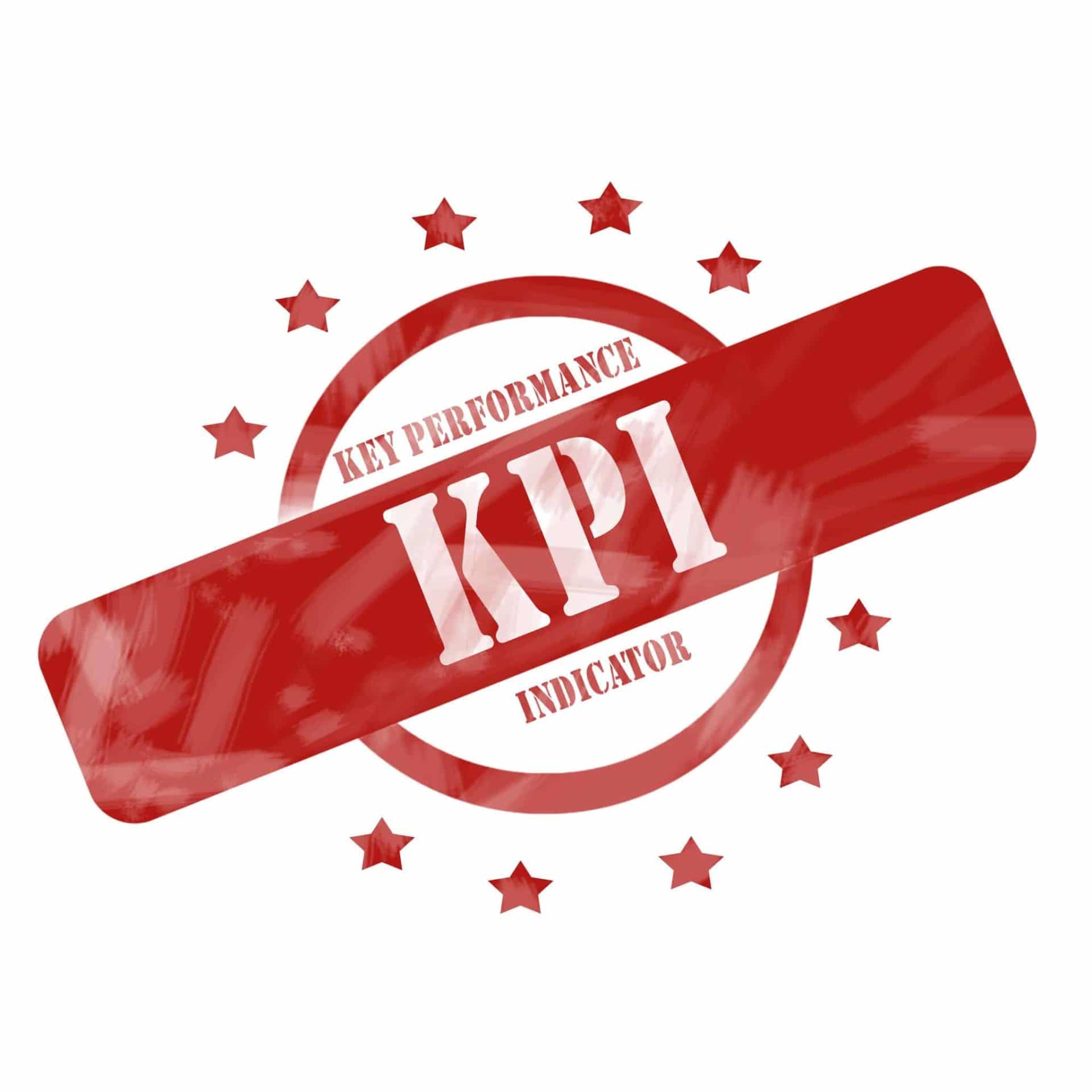
The big question at the beginning of 2014 was whether link building would still be effective and safe throughout the year. There was a myth floating around that link building in a website was actually a bad thing. The prediction at the time forecasted that link building would still be around; and, indeed, it will. Links are the paths that connect sites together and analytics tools use those links to determine many different metrics about individual sites. Link building will not go away in 2015, but it will be refined.
Links are the still one of the best ways that Google can discover the value of a site. In terms of ranking and visibility, link building is a great strategy. The important piece to remember is using the right type of links. Focusing on the user is now reinforced by Google’s changing algorithm, which rewards rich, user-friendly content over keyword-laden valueless content.
Effective link building actually stimulates a positive marketing feedback loop. A popular, highly viewed site’s links are more important. The site likely gained popularity by having authoritative links within its content. One informs the other, and a popular site has the ability to loop with literally thousands of others. Consider Wikipedia. Not all of the information posted is authoritative because it is crowdsourced, but it’s a fantastic forum for finding general information and seeking out the authoritative texts to which it links.
Use these suggestions to maximize your link building efforts:
1) Links, anchor text, and keywords. The links on your website can help or hurt search engine visibility. Anchor text that includes overuse of keywords should be avoided. However, using anchor text for keyword phrases can be positive for your site. Instead of linking out from keywords, use verb phrases or words that are similar in context or meaning to your primary keywords. Think like your reader when choosing anchor text; settle on sources that give greater insight to the topic, and link articulately.
2) Link building strategies. Link building by guest blogging, comments, and articles is no longer the best strategy for links. Instead, companies should look at link earning on other sites and using social media, infographics, interviews, and surveys in their link building strategies. This focus on distribution is what Google is pushing for sites to adopt to gain higher ratings.
**Note: Guest blogging to promote content is okay. Guest blogging for the primary purpose of building links is not. To navigate the fine line, focus on content considerations first. Guest blogging should make up a small portion of your outbound links.
3) Site-wide links. Website navigation links should be the only site-wide links on a page. Earning links in other websites is far more effective in building ranking.

4) Content.
a. Quality. Diversify strategies for creating compelling, rich content on the main website, secondary sites, and social media. Use relevant sources to link out to, and focus on getting inbound links from knowledgeable, quality sites.
b. Focus on your audience. Create content based on the needs of your target market. Find their problems and provide solutions. Find where your audience spends time online, and make sure your content is directed there.
c. Use news. Press releases can inform other online writers about the notable things going on in your company and inspire articles that link to your business’ website. Focus on sending out press releases to get coverage.
d. SEO. SEO should be discussed in tandem with overall business strategies, and everyone working at the same strategy will create progress quickly and effectively.
e. Alternative content. Include infographics, videos, and other multimedia in your strategy for link building. Quality content will organically pull in readers and boost links and sharing.
5) Distribution & Sharing. Using social sharing buttons on all your pages and posts will allow your content to more easily be shared through social channels and increases the chances of building up links and traffic. Ultimately, social media should play a major role in your content distribution strategy. It is one of the quickest and most efficient ways to disseminate content and reach a large audience. It is also the place to engage the market and build lasting relationships that will naturally direct traffic back to a website or landing page. While people often look at it as a sort of “grassroots” strategy, social media is actually one of the most effective tools in your arsenal
6) Earn links. Direct outreach is good, but avoid asking for links. Let relevant companies and sites know about your content, and make it personal. Make outreach pitches direct, personal, and informative.
7) Evergreen content. Having how-to/informational reference information on a website is invaluable search content for your target audience. While it may be a time and financial investment, it may also promote brand loyalty and increase conversion rates. Also known as evergreen content, this is the content that will always be relevant to your audience – as opposed to topics that change with time. You can look at this content as the backbone to your site.
8) Link value and the quality of traffic. While many in the industry like to place the focus on the quality and quantity of links, it’s actually the quality of traffic and link relevance that matters the most. In the end, a link’s value is accurately determined by the type of traffic it produces. Spending time developing relevant links that speak to your audience is extremely valuable
9) Quality of links is tantamount to quality of traffic. Your traffic should reflect your audience/target market. Even if the traffic is low, but you are reaching people in your industry, it may be worth more to your company than having high site traffic that will not lead to conversion.

10) Track progress. Use KPIs (key performance indicators) like click rates, response rates, and conversion rates to create quantitative feedback. The best strategy for SEO and link building is to constantly improve your existing strategy based on measurable data outcomes.
11)Don’ts.
- Don’t link out from a footer.
- Don’t buy links or trade in exchange for links.
- Don’t use meaningless directors to push your links.
- Don’t focus on creating more links. Create fewer, more valuable links.
- Don’t automate your site’s link building.
Summary
Focus on quality content first, and use social media to promote it. Use authoritative links and avoid unethical practices. Try to only use what is natural for a site instead of focusing on link building as a strategy to push a site’s search engine rankings higher. Focus on link earning. Actively trying to push rankings through link building strategy is not only ineffective at building a ranking; it is time wasted that could have been spent working on relevant content that will speak to a target market and naturally produce effective and safe links as a byproduct.
For an additional comprehensive resource, check out “The Advanced Guide to Link Building,” co-published by Neil Patel, co-founder of Crazy Egg, Hello Bar, and KISSmetrics and Brain Dean of Backlinko.
Sources:
http://digitalphilippines.net/rules-link-building/
http://www.searchenginejournal.com/guest-blogging-whats-left-safe-link-building/87197/
http://socialsolutionscollective.com/4-tips-safe-seo-link-building-2014/
http://www.cio.com/article/2377390/internet/link-building-strategies-and-tips-for-2014.html
http://www.sitepronews.com/2014/03/03/link-building-still-safe-2014-yes-youre-stupid/
http://kaiserthesage.com/enterprise-link-building-strategies/




